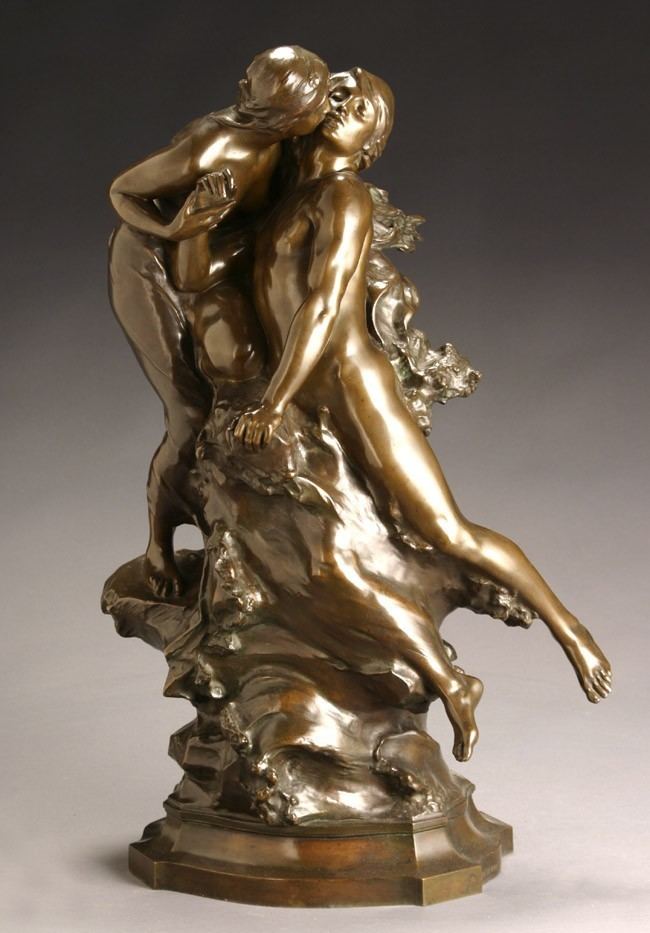Name Paul Gasq | ||
 | ||
Education Ecole nationale superieure des Beaux-Arts | ||
Snarky puppy the clearing trumpet solo transcription by paul gasq
Paul Jean-Baptiste Gasq (30 March 1860 – 28 October 1944) was a French sculptor, born in Dijon.
Contents
- Snarky puppy the clearing trumpet solo transcription by paul gasq
- Two for the road pat metheny transcription by paul gasq
- Life
- Work
- References

Two for the road pat metheny transcription by paul gasq
Life
His father was a railway employee who was often absent. He began his studies at the School of Fine Arts in Dijon then, in 1879, enrolled at the École des Beaux-Arts in Paris, where he took the Prix de Rome in 1890 and studied there until 1894. He also won a Grand Prix at the Exposition Universelle (1900).
From 1932, he was the curator of the Dijon Museum. In 1935, he was elected a member of the Académie des Beaux-Arts. He died in Paris
Work
References
Paul Gasq Wikipedia(Text) CC BY-SA
